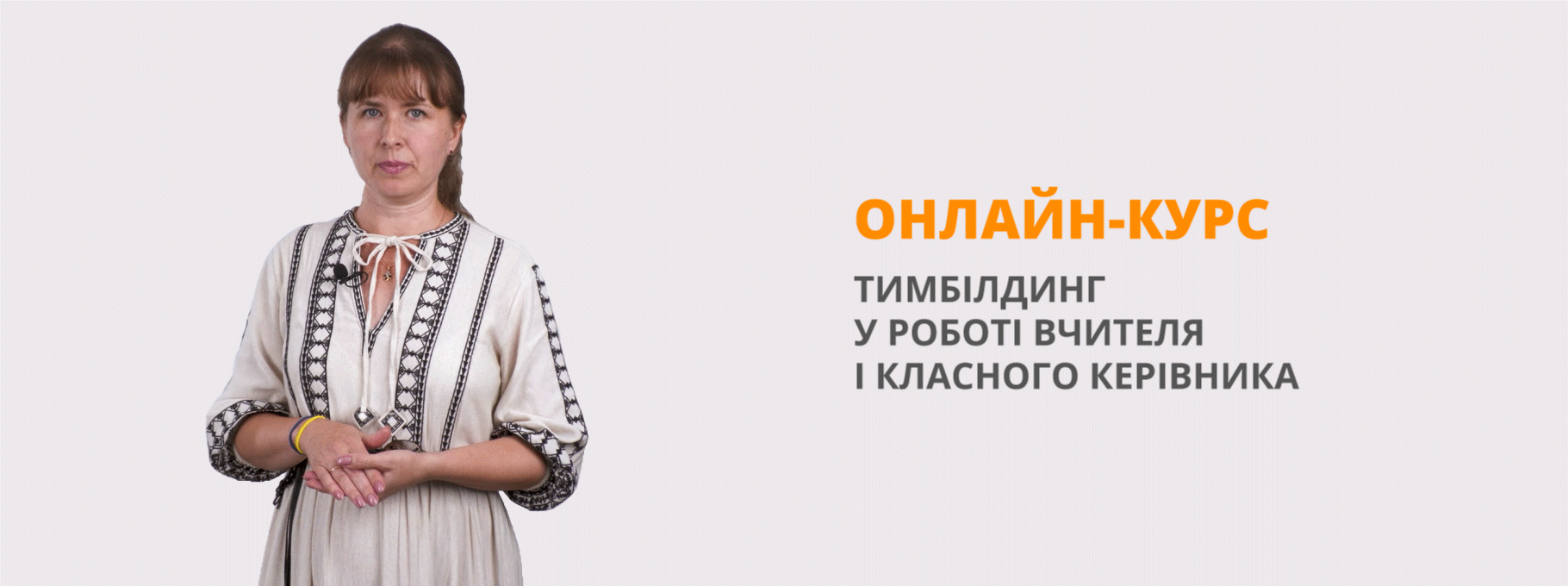Teaching blueprint " Одяг"
Contextualising learning
● Grade 5
External context
|
Topic, sub-topic |
Situation |
|||||
|
Locations |
Persons |
Objects |
Events |
Operations |
Texts |
|
|
Clothes types of clothes Seasonal clothes Likes/dislikes towards clothes |
Home School Fashion show Clothing store Boutique Fitting room
|
Friends Parents Shop assistant Designer Fashion model Men Women Kids
|
Wardrobe Zipper Button Cotton Money Jewellery
|
Party Fashion show Carnival Shopping |
Buying/choosing clothes; Choosing clothes according the weather; trying on/putting on the clothes; describing clothes; |
Size charts Labels Price tags Fashion magazines Receipts Online store (clothing descriptions) Customer reviews |
|
Oral comprehension |
Written comprehension |
Oral interaction |
Written interaction |
Online interaction |
Oral production |
Written production |
|
|
Can understand a short description of clothes;
Can understand and differentiate items of clothes;
Can get the main information from fashion tv show;
Can get necessary information while communicating with the shop assistant; |
Can get necessary information from labels/price tags/customer reviews;
Can read short messages /invitations and chose proper clothes for some occasions;
Can read and understand the adverts(lost things) |
Can communicate with the shop-assistant;
Can ask simple questions about clothes and respond in a proper way to the shop-assistant;
Can express his/her opinion and give reason about clothes for different weather/occasions/events;
|
Can write a letter/e-mail to a penfriend about his/her national clothes;
Can request simple information about items of clothes /footwear in writing; |
Can make an order online;
Can post/exchange comments using simple phrases;
can chat with a friend to exchange information about items of clothes or impressions; |
Can name the basic clothes that students often wear;
Can talk about his/her favourite clothes;
Can talk about what people are wearing;
|
Can write/post about item of clothing;
Can write/post about his/her favourite clothing;
Can write some tips he/she can do with his/her old clothes;
Can plan a presentation/project called “Look after our world” (write ideas/add pictures);
Can create a label with simple description;
|
|
Core skills
|
|
||||
|
Critical thinking |
Creative thinking |
Communication |
Collaboration |
Emotional development |
|
Can compare views on certain clothes;
Can make a decision as to the purchase based on simple analysis of pros and cons;
Can decide how to dress for the weather in every season;
Can analyze how to reuse old clothing;
Can compare online shopping and in store shopping;
Can analyze the pros and cons of online shopping; |
Can create a T-shirt for his/her teddy-bear from used clothing;
Can create a page for a fashion magazine using magazine clippings;
Can give advice how to combine items of clothes and create his/her own trend(nice look) for peers;
Can describe the clothes of imaginative super hero;
|
Can ask about certain item of clothes and clarify about colour and size;
Can name and describe clothes: length, colour, size;
Can ask about clothes in order to buy it;
Can use simple structures for communication;
Can understand what topics are appropriate for given context; |
Can work in team and organise a fashion show/carnival;
Can listen to different advice with respect;
Can give advice while making a choice;
Can agree/refuse in a polite way for different suggestions or opinions about clothes;
Can give a reason for their opinion. |
Can express different point of view with respect;
Can react in proper way on praising and criticising;
Can show understanding of other people`s feeling about items of clothes; |
Learning outcomes for the topic
By the end of studying the topic, learners will be able to:
● Confidently name clothes items and can easily choose proper size and desirable colour.
● Adequate match clothes according to the weather and give advice if necessary.
● Convincingly motivates his/her choices that concern clothes for different events.
● List the most common items of clothes and footwear.
● Express clothes preference.
● Identify information on the labels/price tags.
Assessment for learning strategies
● role playing or making dialogues.
● questionnaire on clothing preferences;
● peer editing checklist;
● portfolio;
● exemplar work;
● creating a learning journal;
www.britishcouncil.org


про публікацію авторської розробки
Додати розробку
